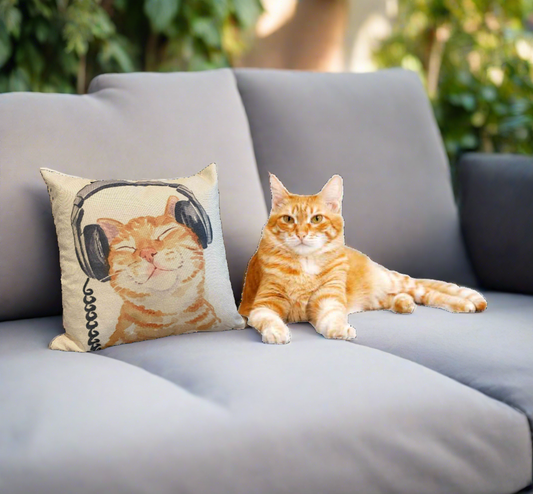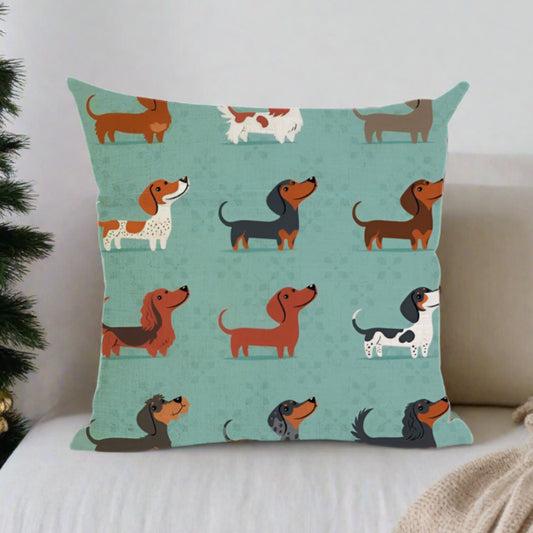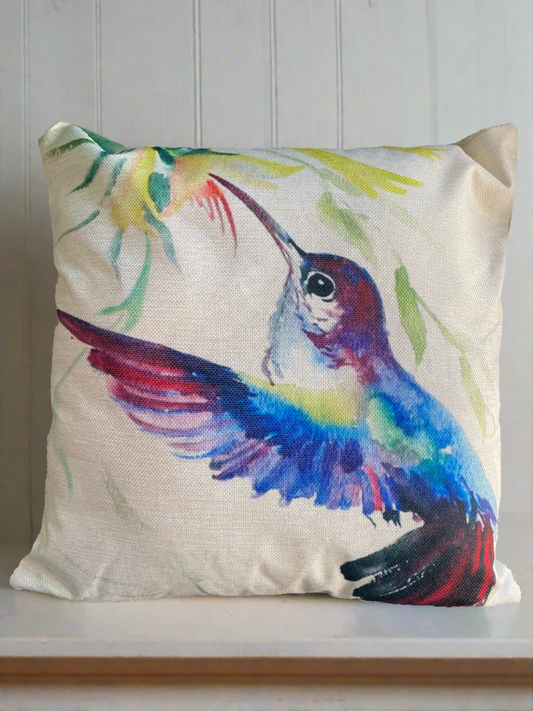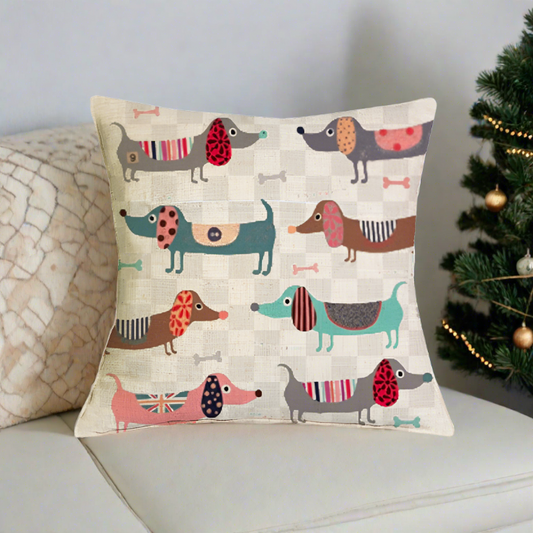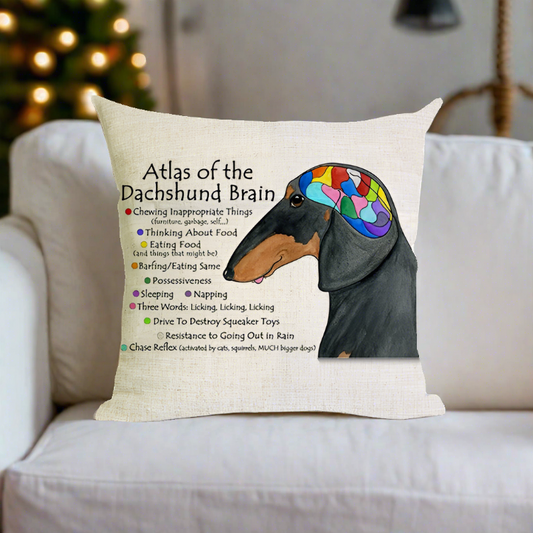Tabby Cat: Breed Profile, Characteristics & Care
When someone says "tabby cat," a vivid picture of a furry feline with distinct stripes or dots often springs to mind. But what is a tabby cat really? Unlike many might guess, the term ‘tabby’ is not the name of a cat breed, but instead, it refers to the specific coat pattern seen on these incredibly endearing creatures.
What does a tabby cat look like?
Tabby cats are celebrated for their unique and mesmerizing coat patterns. These patterns include an array of stripes, dots, and swirling lines often crowned with an iconic "M" shape etched on their foreheads. Viewed as the epitome of feline beauty by many, these cats come draped in countless color variations:
- Behind their captivating gaze and the intricate markings framing their eyes, you'll discover a wide spectrum of color shades, from warm browns to cool grays, vibrant oranges, and soothing creams.
- Each tabby features a one-of-a-kind pattern, their individuality as distinct as fingerprints in humans. This variety allows for a diverse look that can be spotted in several cat breeds, purebred or mixed.
Examples of tabby cat coat variations:
- Mackerel pattern: Narrow stripes resembling fish bones appear to fan out from one strong dorsal stripe.
- Classic pattern: Bold whorls and swirls that might remind you of a marble cake adorn their sides.
- Spotty: Round or oval-shaped spots that can range in size and evoke the wild, ancestral roots of felines.
- Ticked: Coat hairs banded with alternating light and dark colors that give a shimmering, textured appearance.
Concluding thoughts highlight the striking looks of these common, yet still breathtaking feline friends, whose appearance can differ substantially due to such an array of coat patterns and colors.

Mackerel tabby cat
Starting with a bit of etymology, the mackerel tabby cat pattern draws its name from the fish, as the narrow bands running parallel down their sides are reminiscent of a fish's skeleton. In this particular variation:
- The pattern generally sprouts from the aptly named "mackerel spine line," which can occasionally turn into spots or bars as it reaches their underbelly.
- True to tabby form, the famous "M" shape is always visible on their forehead.
Specific traits of the mackerel tabby include:
- The 'M' marking: An ever-present feature across the tabby spectrum.
- Color variety: These cats can sport shades of brown, gray, orange, and cream, with stripes typically presenting a darker hue.
In sum, while the mackerel tabby cat may not represent a unique breed, this pattern is an indispensable part of the rich tapestry that makes up the tabby family.

The classic tabby
The classic tabby is the epitome of the tabby pattern, with broad bands, whorls, and spirals creating a magnificent, flowing design on their sides—reminiscent of a delectable marble cake. Notably:
- This pattern usually features a pronounced "M" on the forehead as part of the tabby's signature look.
- The classic tabby's pattern contains lines that are much wider and clearer than those seen in other tabby varieties.
Attributes of the classic tabby include:
- Spine Line: A thick, dark line trails along their back.
- Bullseye Pattern: Often on their sides is a distinctive bulls-eye, adding to their majestic aura.
We can conclude that the classic tabby cat, with its striking markings, offers one of the most recognizable and adored patterns in the feline world.

The spotty tabby
Punktuated by their eye-catching spots, the spotty tabby adds an exotic flair to the traditional tabby patterns. Diving into the details:
- The spots found on these cats can be small or large, painted in random or organized patterns.
- These markings mimic the look of a wild cat and amplify the feline's natural gracefulness and predatory appearance.
Typical aspects of the spotty tabby pattern are:
- Spot Size: Varied, they can be either round or oval.
- Pattern Diversity: Standing alongside mackerel, classic, and ticked, the spotty pattern adds to the tabby's rich variety.
Closing this section, one can appreciate how spotty tabbies, with their "M" forehead mark and speckled coats, add an intriguing chapter to the tabby cat narrative.
Ticked tabby cat
The ticked tabby cat stands out for its distinctive fur pattern. Rather than the expected stripes or spots, these tabbies offer a subtle, textured look that brings a sense of depth to their coat:
- Each hair, or 'agouti' hair, has bands of color, creating the illusion of a sandpaper or salt-and-pepper-like finish.
- The ticked pattern is not exclusive to any one breed; its presence across various breeds emphasizes the wide genetic variety within the tabby family.
Defining characteristics of the ticked tabby cat:
- Tabby "M": This feature may be less pronounced, but it often appears alongside clear tabby markings elsewhere on the body—face, legs, and tail.
To wrap up, ticked tabbies offer a more understated elegance while maintaining the inimitable charm inherent to the tabby category.
Famous tabby cats in pop culture
Tabby cats have long been a staple in popular culture, with their striking appearances and endearing personalities inspiring characters that have left lasting impressions:
- Garfield, perhaps the most renowned tabby cat, has been a beloved presence in the comic world since his introduction. His vibrant orange, stripe-accented fur and larger-than-life attitude have made him a household name.
- On screen, Tom the cat has provided generations with laughter through his endless escapades with Jerry the mouse, his distinct mackerel stripes symbolizing one of the most beloved tabby cats in animation.
- Bearing a mysterious and enigmatic aura, Alice in Wonderland's Cheshire Cat, with his tabby markings, is unforgettable, especially his lingering grin.
- Puss in Boots, from "Shrek 2," became an instant icon with his feathered cap and boots, embodying the adventurous spirit of tabbies with his dashing looks and piercing eyes.
These examples solidify the notion that tabby cats have secured their place in the limelight, captivating audiences across the globe with their unique coats and personalities.
How much should a tabby cat weigh
Monitoring the weight of a tabby cat is a crucial aspect of their overall health care. Generally speaking:
- A normal weight range might oscillate between 8 to 12 pounds (3.6 to 5.4 kg), yet this can fluctuate based on various factors, such as breed, age, and gender.
- It's important to consider their physique since a stockier build may naturally weigh more without indicating overweight issues, while others might be slighter in form.
Some pointers to maintain a healthy weight for a tabby cat:
- Observe their eating habits and ensure a balanced diet.
- Encourage regular play and exercise to fend off obesity.
- Regular veterinary visits are key to managing weight and identifying any underlying health concerns.
In conclusion, keeping an eye on a tabby's weight is an integral part of responsible pet ownership, ensuring a happy and healthy life for these feline companions.
Tabby Cat Personality
The alluring physical traits of tabby cats are complemented by their equally charming personalities. Though not a breed themselves, tabbies are known for certain temperament traits:
- They are often the epitome of affection and warmth, which makes them fantastic companions for households of all sizes.
- Their playful behavior and curiosities provide endless entertainment for cat lovers and attest to their intelligence and interactive nature.
Personality nuggets of tabby cats:
- Expressive Creatures: They are not shy about communicating their needs and desires, using a variety of meows and body language cues.
- Adaptable: Tabbies can thrive in numerous environments, which makes them a fitting choice for many families.
In essence, the tabby cat is not merely a pretty face; their amiable disposition and engaging behavior are what truly endears them to cat enthusiasts everywhere.
Funny Facts About Ginger Cats
Ginger cats, affectionately known as orange tabbies, shine bright with their pumpkin-like pelts and striking patterns:
- Not a breed but iconic due to their burnt-orange to soft, creamy stripes, you can find these beauties across an array of breeds from Persians to Munchkins.
- The genetic dance behind their inviting hue is dictated by pheomelanin, which not only colors their coat but ties the tabby to the red-haired gene pool of humans.
Engaging details about the ginger tabby include:
- Gender and Genetics: A curious fact is that the majority of ginger tabbies are male, a testament to the X-linked gene responsible for their fiery fur.
- Tabby 'M': Though gingers vary in shade and stripe, they almost always sport the mystic 'M' sign of their tabby lineage.
Ultimately, ginger cats continue to charm with their sun-kissed stripes and jolly demeanor, making them a beloved part of the colorful tabby family.
How long does a tabby cat live
One of the most pressing questions on a pet owner's mind might be the expected lifespan of their beloved tabby. On average:
- Indoor tabby cats tend to enjoy a life span ranging between 12 to 15 years if given proper care and a loving home environment.
- That expectancy is unfortunately reduced for outdoor tabbies, as they face more hazards ranging from predators to human-related accidents.
To ensure a long, fulfilling life for a tabby, consider these pointers:
- Provide routine veterinary care, including vaccinations and wellness check-ups.
- Create a safe, engaging indoor environment to stimulate their minds and satisfy their feline instincts.
Drawing to a close, the life of a tabby cat can be lengthy and brimming with joy, especially when matched with attentive care and a nurturing home.
Purring Alongside Tabby Cats
To encapsulate the world of tabby cats is to paint a portrait of diversity, warmth, and enduring charm. From their coat's mesmerizing patterns to their vibrant personalities, tabby cats hold a special place in the hearts of cat devotees. Nurturing these beautiful animals with the proper care, attention, and most importantly, love, can pave the way for a lasting bond. Whether you're graced with the presence of a mackerel, classic, spotted, or ticked tabby, these feline friends promise a life filled with purrs, play, and the unique companionship only a tabby can provide.





